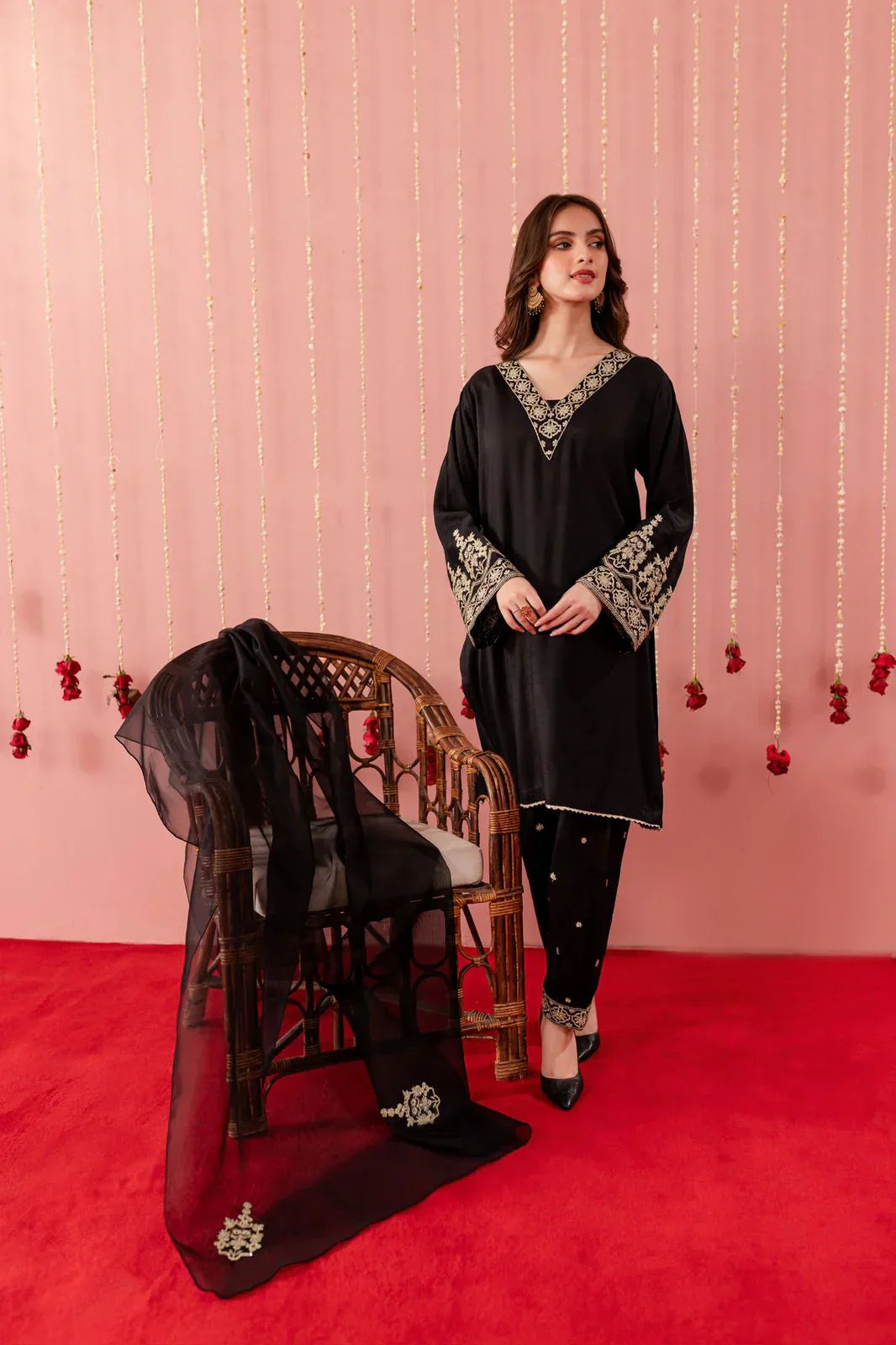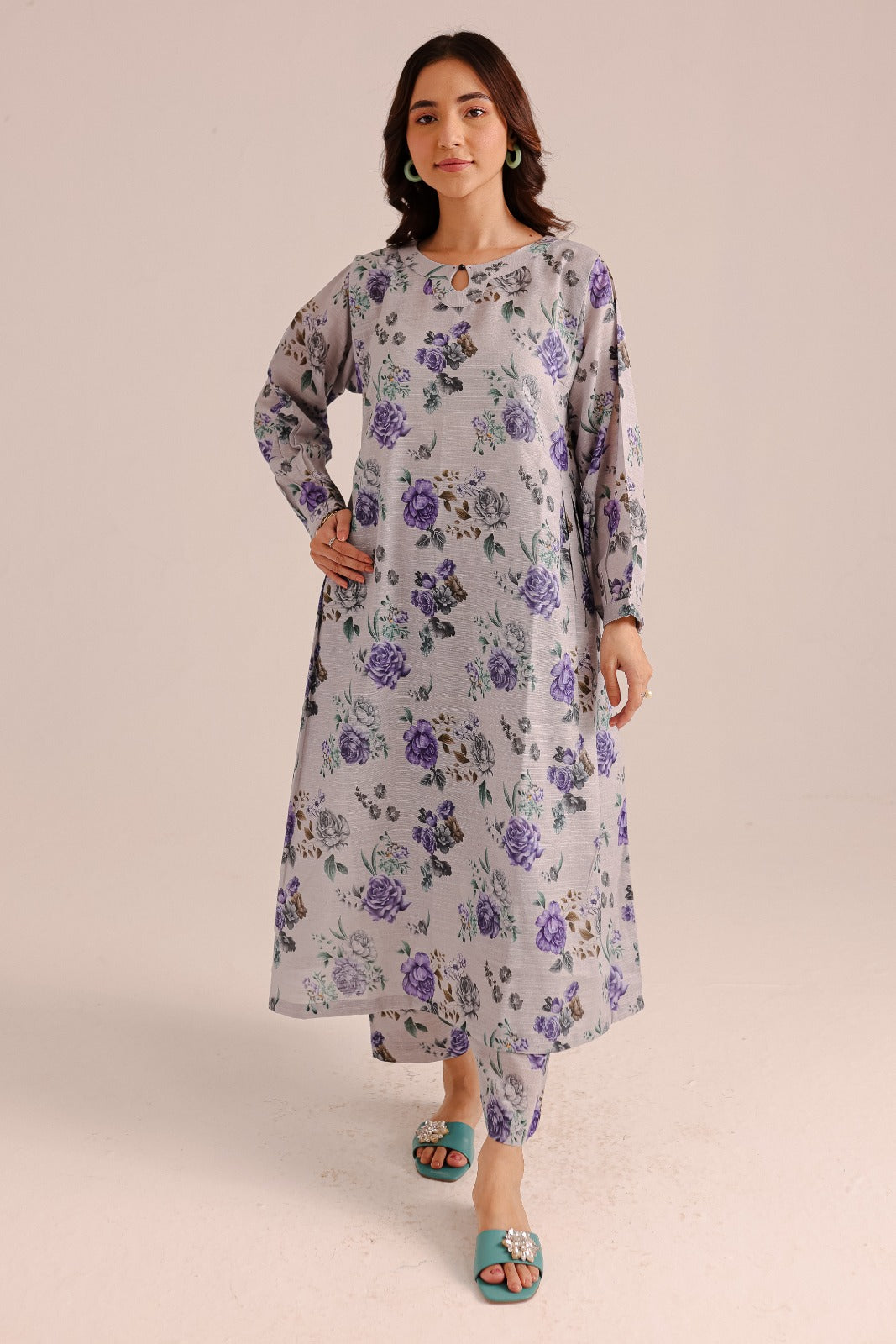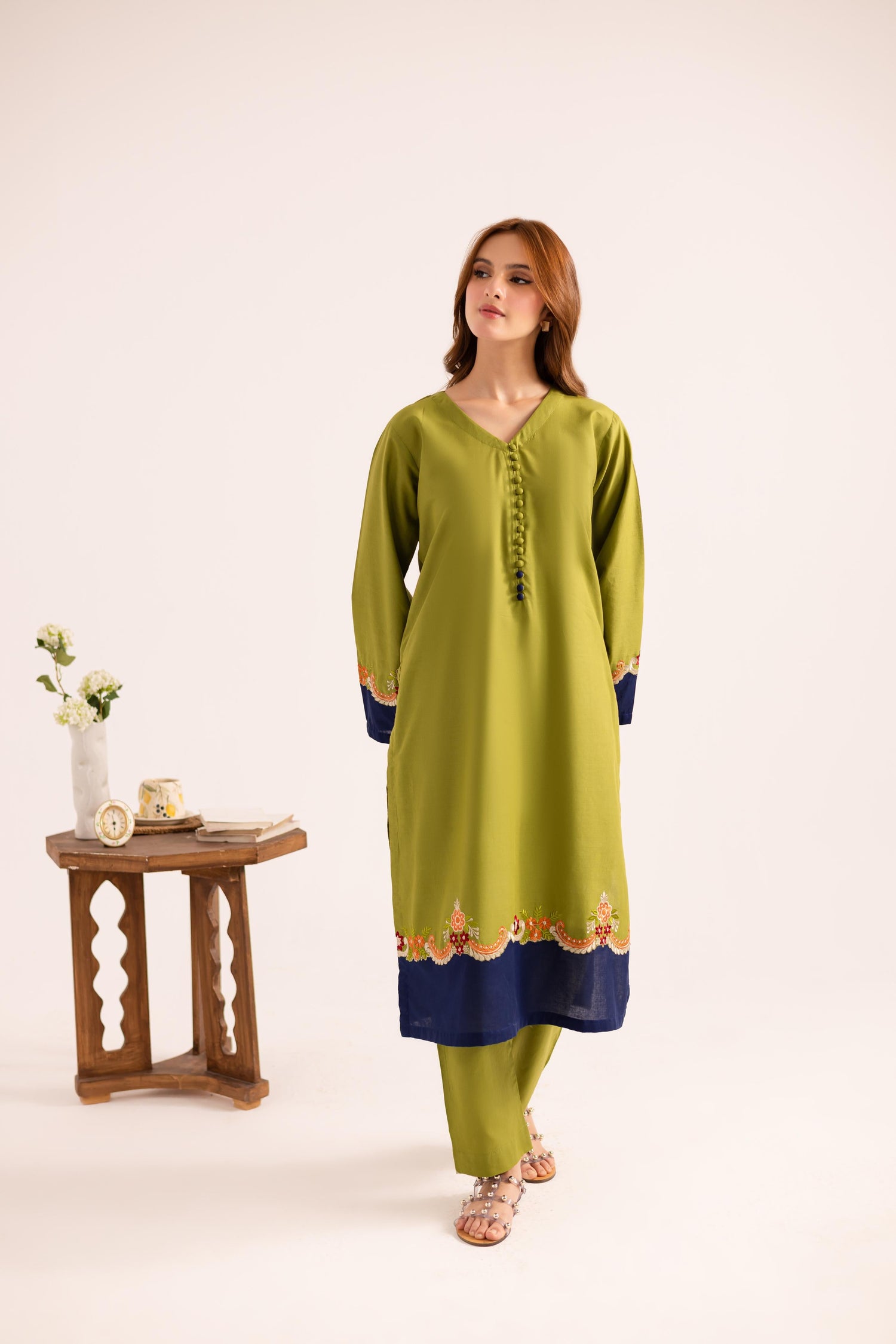Embroidered dresses are like works of art, each stitch telling a story of craftsmanship and creativity. Whether it's the delicate patterns or vibrant colors, something is captivating about them. But beyond their visual appeal, a world of fascinating facts is unnoticed. Here are ten things you probably didn't know about embroidered dresses:
Hand vs. Machine Embroidery
Hand embroidery and machine embroidery are two distinct techniques that offer different benefits. Hand embroidery is a traditional craft that involves stitching designs onto fabric by hand. Hand embroidery provides freedom and customization to the crafter as he places each stitch carefully. Hand embroidery is valued for its intricate detailing and unique, handmade quality.
On the other hand, machine embroidery is a more modern approach that uses computerized machines to stitch designs onto fabric. This technique is faster and more efficient than hand embroidery, making it ideal for mass production. Machine embroidery can also produce highly detailed designs with precision and consistency.
While both techniques have their merits, hand embroidery is often seen as a labor of love, showcasing the skill and dedication of the crafter. On the other hand, machine embroidery offers speed and accuracy, making it a popular choice for commercial production.
Types of Embroidery Stitches
Embroidered dresses showcase a variety of stitching techniques, each contributing to the overall design in a unique way.
Running stitch:
One of the most common stitches is the running stitch, a basic technique where the needle passes through the fabric in a straight line. This stitch is often used for outlining shapes or creating simple patterns.
Satin Stich:
In contrast, the satin stitch is used to fill in shapes with smooth, solid areas of color. It creates a shiny, satin-like effect that adds richness to the design.
Chain Stich:
Another popular stitch is the chain stitch, which creates a textured line for outlining or creating decorative motifs.
French Knot:
The French knot is a small, raised stitch that adds dimension to the design for creating textured surfaces like flowers or animal fur.
These and other stitches are combined and layered to create intricate and beautiful designs that adorn embroidered dresses, showcasing the skill and creativity of the artisans who craft them.
Embroidery Placement
Embroidery placement on a dress is essential in enhancing its overall aesthetic appeal. Designers often carefully consider where to place embroidery to create a balanced and visually appealing look. For example, delicate floral embroidery around the neckline can draw attention to the face, adding a touch of elegance and femininity.
Similarly, bold motifs on the sleeves or hemline can make a statement, turning a simple dress into a stunning fashion piece. The embroidery placement can also be used to accentuate certain body features, such as the waist or shoulders, creating a flattering silhouette. Whether a subtle embellishment or a bold design, embroidery placement can transform a dress, adding depth, texture, and personality to the garment.
Incorporating Beadwork and Sequins
Incorporating beadwork and sequins into embroidered dresses adds a touch of glamour and elegance. These embellishments, often sewn onto the fabric by hand, can transform a simple design into a dazzling masterpiece. Beadwork, consisting of tiny beads in various shapes and colors, adds texture and depth to the embroidery, creating a three-dimensional effect that catches the light beautifully.
Sequins, on the other hand, are flat, shiny discs that reflect light and add a subtle sparkle to the garment. Designers use beadwork and sequins strategically, enhancing embroidery to draw attention or create a focal point. Whether used sparingly for a hint of sparkle or lavishly for a more dramatic effect, beadwork and sequins add a luxurious touch to embroidered dresses, making them perfect for special occasions and evening wear.
Regional Influences
The embroidery styles are significantly influenced by the regional traditions and cultural heritage, providing diverse ways of making them and the designs. For example, Indian embroidery is famous for its intricate designs and delicate detailing, while kantha and chikan are practiced and well-known techniques.
Such styles usually incorporate patterns with flowers and thin hand embroidery, which interprets the wealth of artistic heritage characteristic of the area.
On the other hand, Mexican embroidery is characterized by its bold colors and geometric patterns, drawing inspiration from indigenous designs. Each stitch in Mexican embroidery carries a symbolic meaning, making it not just a form of decoration but also a means of storytelling.
Similarly, Chinese embroidery is known for its elegance and sophistication, often incorporating silk threads and motifs inspired by nature. These regional influences highlight the cultural significance of embroidery, turning each garment into a reflection of its origin's artistic heritage.
Modern Innovations
While embroidery has a rich history, modern technology has opened up new possibilities for innovation. Designers now have access to computerized embroidery machines that can create complex designs with speed and precision. This blend of traditional craftsmanship and technology has resulted in stunning contemporary pieces.
Embroidery as a Form of Self-Expression
Embroidered dresses offer a unique opportunity for self-expression. Whether a floral motif symbolizes beauty and femininity or a geometric pattern representing strength and symmetry, the design choices reflect the wearer's personality and style.
Versatility in Design
Embroidered dresses come in various designs, from subtle and understated to bold and luxurious. Whether it's a casual sundress with delicate embroidery or an elegant evening gown adorned with intricate beadwork, there's something for every occasion and personal preference.
Care and Maintenance
Proper care is essential to preserve the beauty of embroidered dresses. Depending on the materials used, they may require gentle hand washing or dry cleaning to avoid damaging the delicate embroidery. Storing them in a cool, dry place away from direct sunlight can also help prevent fading and discoloration over time.
Timeless Appeal
Despite changing fashion trends, embroidered dresses have stood the test of time. Their timeless appeal transcends generations, making them a beloved wardrobe staple for women worldwide. Whether it's a vintage piece passed down through generations or a modern creation, the beauty of embroidered dresses continues to captivate and inspire.
Conclusion
In conclusion, embroidered dresses are more than just garments; they are works of art celebrating tradition, craftsmanship, and creativity. From the intricate stitches to the vibrant colors, each dress tells a unique story that resonates with wearers and admirers alike. So, the next time you slip into an embroidered attire, take a moment to appreciate the skill and artistry that went into creating it.




